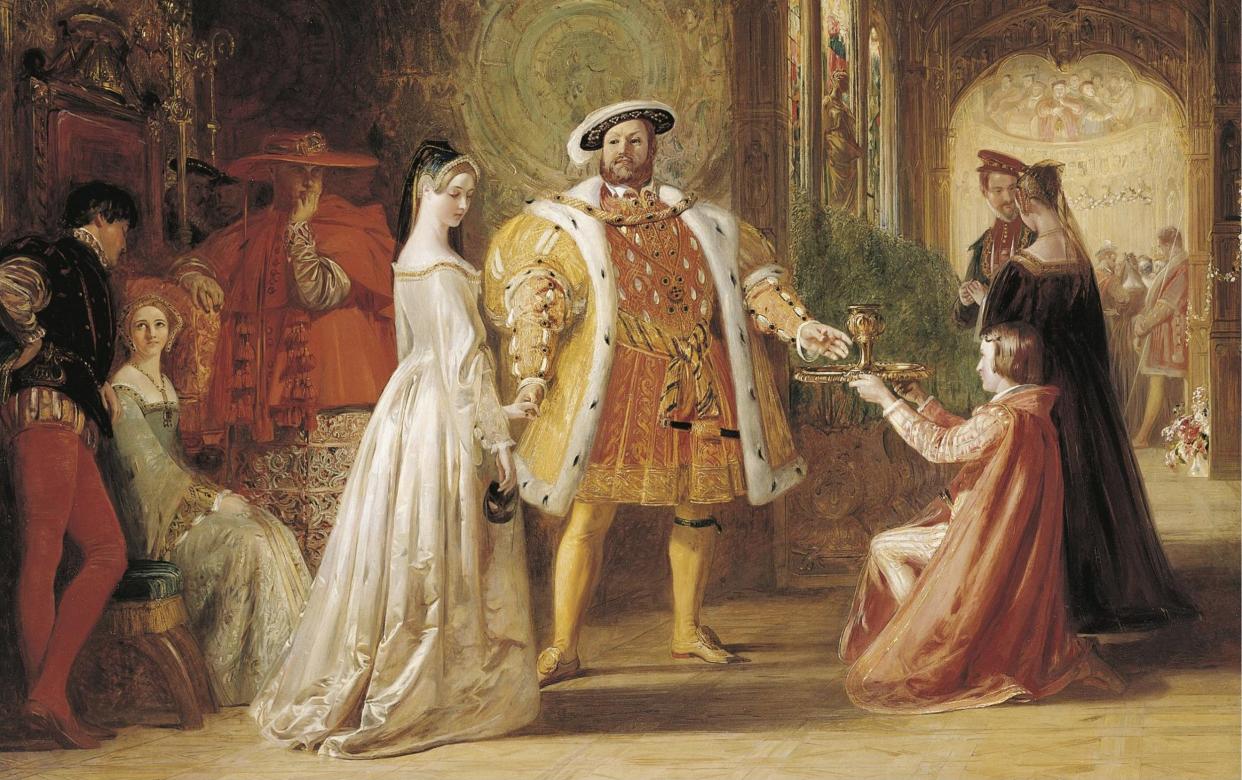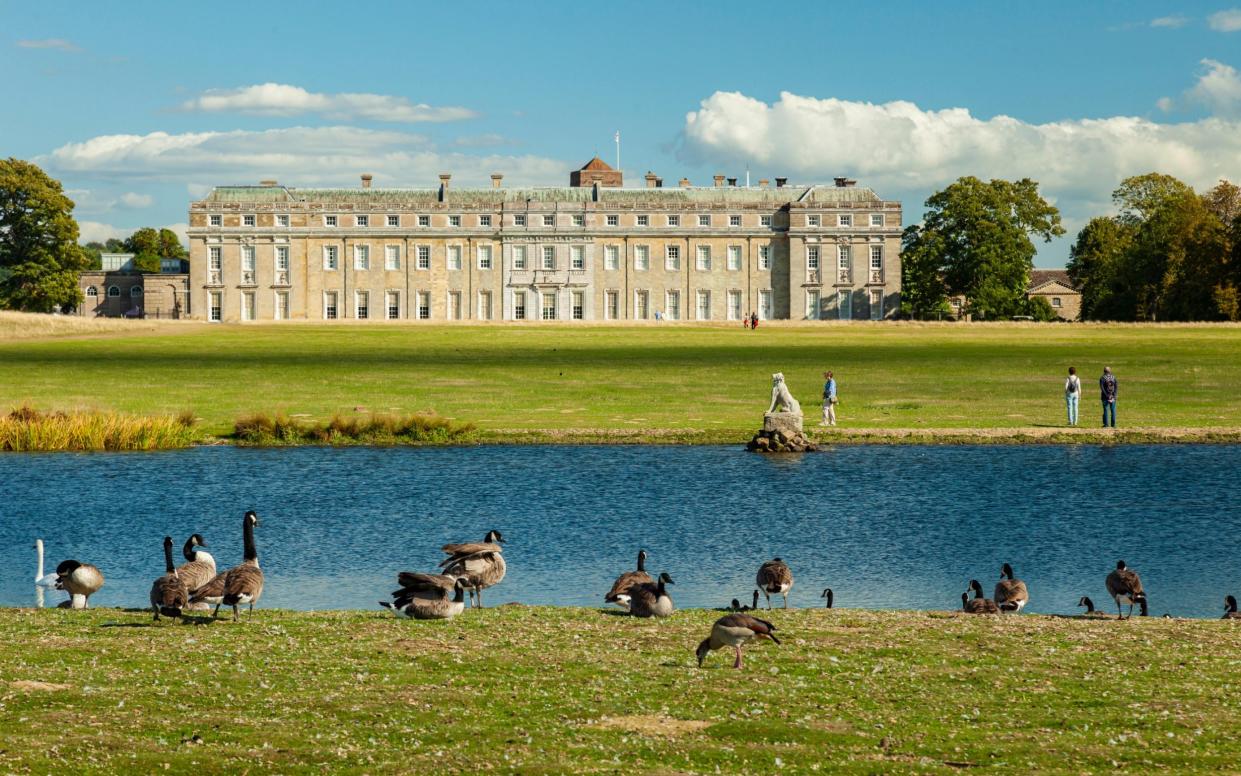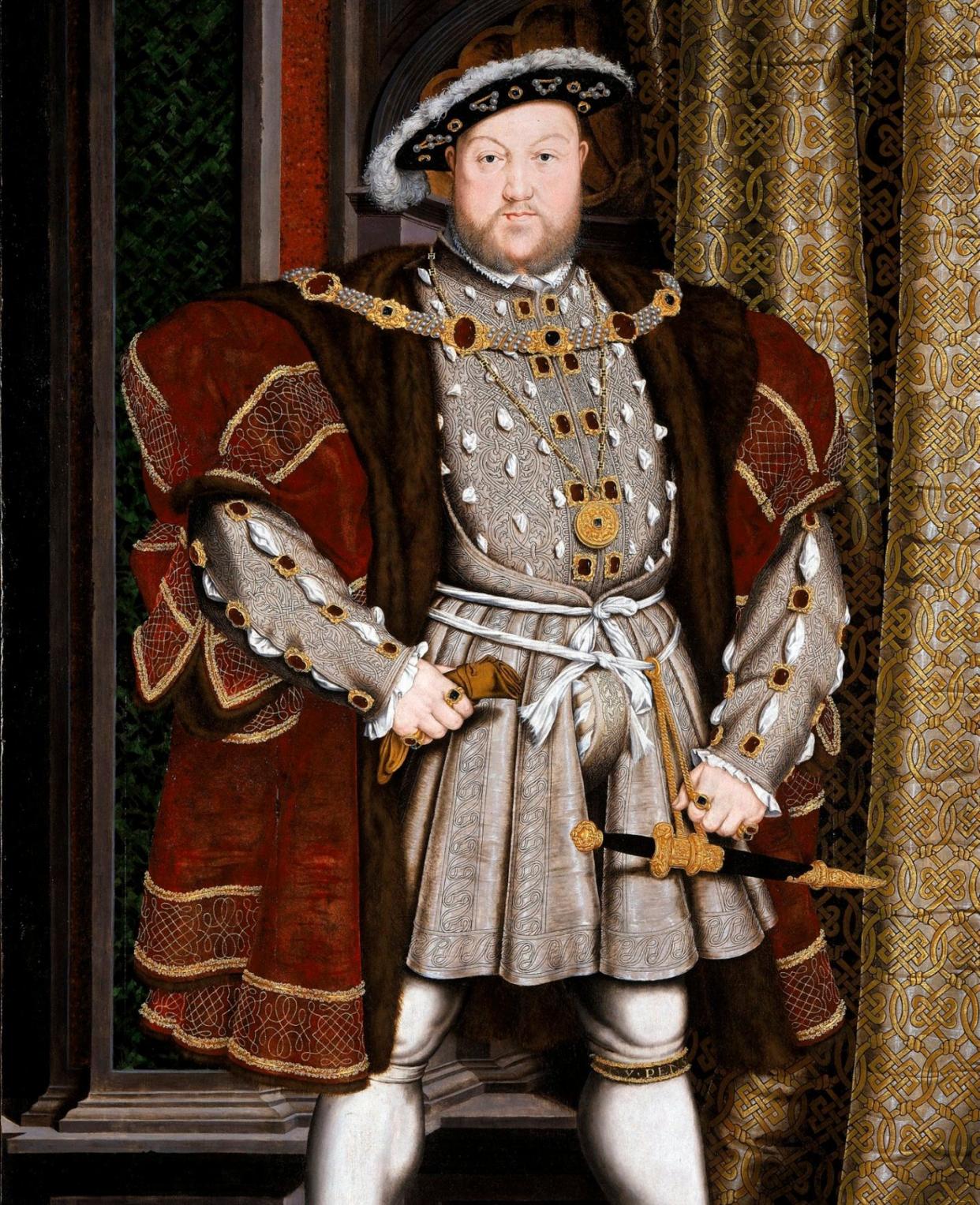Archaeological dig aims to find Henry VIII’s lost wing at stately home

A major archaeological dig aims to find evidence of a lost wing constructed by Henry VIII at one of the nation’s foremost stately homes.
Excavations at Petworth House and Park in West Sussex are part of “Henry VIII on Tour”, an ambitious research project headed by the Historic Royal Palaces (HRP), which is mapping for the first time all the venues used by the Tudor king as he toured the country on his “royal progresses’’.
He acquired the Petworth estate in 1536, redeveloping it to his requirements. Archaeologists hope to find evidence of his North Wing, which once boasted a chapel, a fortified tower and a large hall built in the 1300s, renovated in the late 1500s and demolished in the late 1700s.
They will also search for the dimensions and any surviving material from a possible banqueting house where, according to diplomatic accounts, he entertained guests, watching hunting and other spectacles.
HRP has appointed DigVentures, an archaeology social enterprise, to undertake a two-week excavation beginning on July 19.

Maiya Pina-Dacier, one of its archaeologists, told The Telegraph that any evidence of that lost wing now lies buried below the lawn: “While parts of the building have since been explored by recent archaeological work, large parts remain unmapped.”
She said: “Not all of the answers can be found in historical documents. Some can only be found through excavation to reveal direct evidence of exactly where some of these long-lost buildings were located, how much of them survive, what they were used for, and how they might once have looked.”
Petworth is today a National Trust property with a significant art collection that includes a famous portrait of Henry VIII from Holbein’s studio.
“Henry VIII on Tour” is a collaboration with the universities of York and Newcastle, as well as the National Trust and English Heritage, among many others.
It aims to throw new light on the royal progresses, their sheer scale, purpose and impact on 16th-century political culture – as well as highlighting the many places that people today are unaware that Henry VIII visited.
A series of summer events – from musical performances to digital visualisations of some of the lost buildings – are being planned at various sites. It is part of HRP’s commitment to helping communities discover their local heritage.
Prof Anthony Musson, a historian who is heading the HRP project, has pored over documentary evidence in piecing together Henry VIII’s complete itinerary: “Up to now, no one really knew where he was for every day of his reign. I’ve been using all sorts of different archival sources to create an interactive map showing exactly where he’s been.
“There are a lot of places that we didn’t know he visited. One of those venues is West Horsley Place near Guildford. That’s somewhere I had no idea he’d been. I’ve come across all this documentation, as well as a menu for his first visit there in 1533.”
He added: “One of the interesting things is the sheer number of places that he visited, stayed at or acquired. Owners forfeited their property through treason, offered it as a gift or did a swap. Petworth was part of an arrangement with Henry Percy, the 6th Earl of Northumberland.
“If Henry visited somewhere and liked the look of it, he’d later try and acquire it … When he stayed at Tyttenhanger, Hertfordshire – the residence of Cardinal Wolsey, the Lord Chancellor – he even got his builder to alter the size of a window while he was there, telling Wolsey that it was too small.”

On those progresses, the king travelled with half his household – taking with him up to 500 people - as well as his possessions, from tapestries to musical instruments.
Asked where they all stayed, Prof Musson said: “That’s another thing we’re looking at. There would be a tented encampment or, if they were in local towns, they filled the inns or were billeted with other people.
“They often had to make sure in advance that they had somewhere to stay. There are letters that say, you need to book now because otherwise you will have only rubbish accommodation.”
The project will bring to life some of the courtiers and others who hosted the monarch on those tours – including the Archbishop of Canterbury, who regularly seemed to have had some ailment to avoid putting him up, “always making excuses about his leg or his back”, Prof Musson said.
Susan Rhodes, a manager at Petworth, said that they were “super excited” by the archaeological dig: “It’s extraordinary to think that Henry VIII once owned Petworth and we can’t wait to see what finds come out of the trenches.
“It is going to be fantastic to finally understand the footprint of the lost north wing and discover more about the banqueting house he may have once stood in.”


